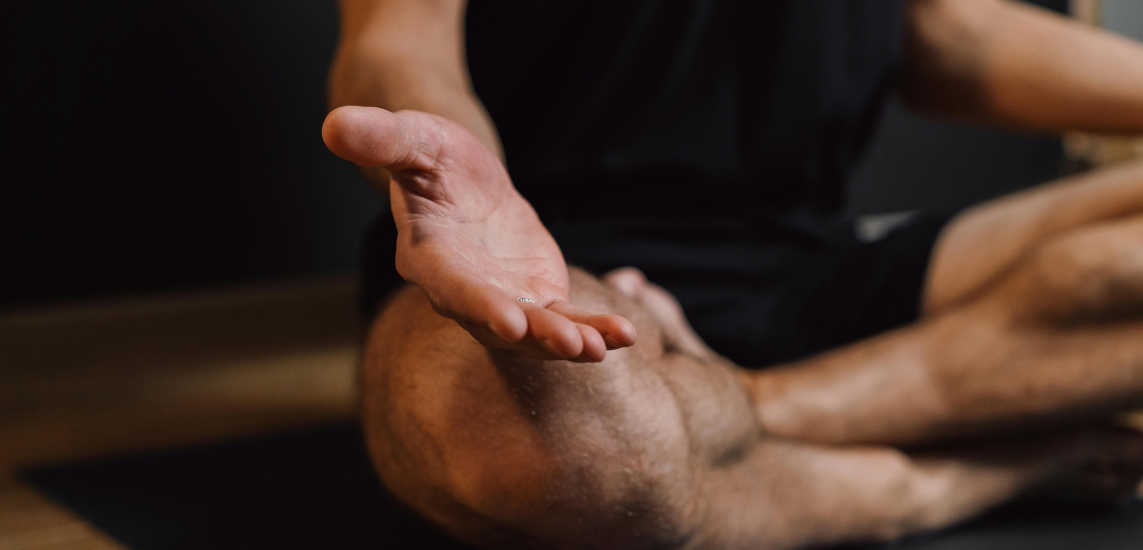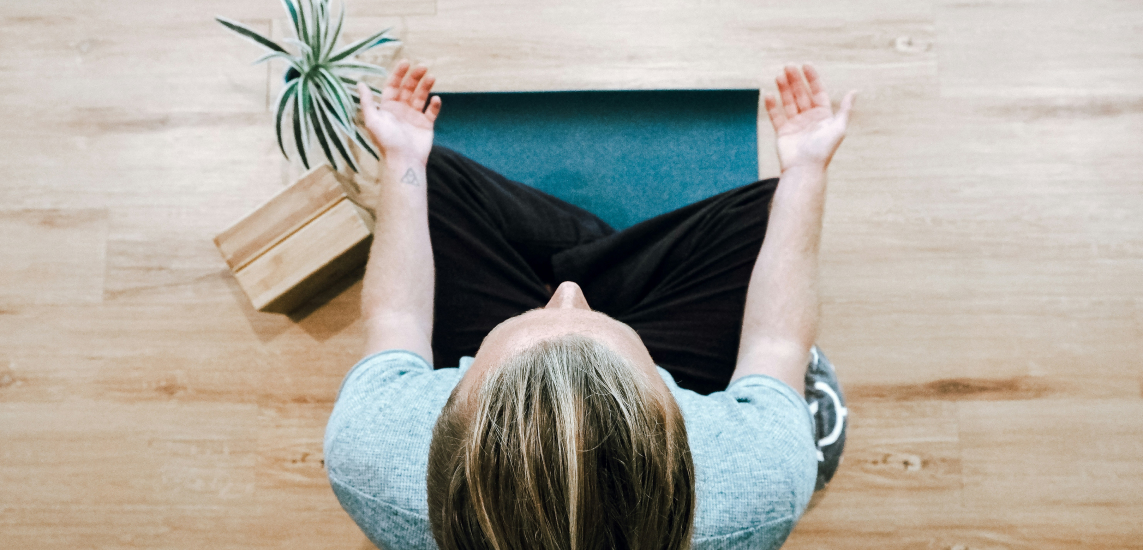Not all of us are able to take the eight-week Mindfulness Based Stress Reduction course by Jon Kabat-Zinn or spend a week in silent retreat. Without in depth training, it is still possible to learn the difference between mindfulness and meditation. With so many titles to choose from on Insight Timer, the titles can be confusing, as the terms seem to be interchangeable. Here is a quick guide to the ways that they are separate, similar and synchronize together.
The Difference Between Mindfulness And Meditation
We can start with two common myths. Mindfulness is NOT thinking really hard about something, which sounds stressful. Meditation is NOT about shutting down the mind like an off switch; which is impossible and sounds boring.
They rely on our ability to be focused entirely on the present moment. They are both tools to access inner peace, which is already inside of you. We can’t experience peace when we are regretting the past or worrying about the future. Both offer a way to decrease suffering and increase our level of happiness.
Mindfulness: Awareness Of Our Outer Life
Mindfulness, by definition, is the informal practice of present moment awareness that can be applied to any waking situation. It is a way of being aware. Jon Kabat-Zinn states in his book Full Catastrophe Living,
“When unawareness dominates the mind, all our decisions and actions are affected.”
How often have we driven somewhere only to wonder how we got there because our mind was on auto-pilot, while we checked into the past or the future, both of which we have no control over? Most of the things we do are done without full awareness.
We eat our meal without tasting it fully, our bodies get wet in the shower while our minds are elsewhere. How many sunsets and smiles have we missed because we feel compelled to check our phones? Our obsession with multi-tasking is an example of trying to do too much at once without focusing fully on each stage of the experience. Lack of awareness also prevents us from listening to our bodies when they need nutrition, rest, exercise or hydration.
Mindfulness eliminates stress from a situation because we are fully aware and engaged in the activity, while keeping a perspective free of judgment. We aren’t trying to guess the future or create a mountain out of what is actually a small hill. If we get out of our own controlling way and observe mindfully just what is, without labeling it or placing an opinion on it, we can be free of the stress of expectation and fully accept the moment and all it offers without wanting to change or control it.
Read more: Learn how mindfulness helps when making difficult decisions.
Cultivating A Beginner’s Mind
Living mindfully means we experience something with what the Buddhists call, “a beginner’s mind.” That means we are listening to someone with our full attention on their words, voice and feelings, as if for the first time, without second guessing, judging or waiting for a pause in the conversation for our turn to talk. According to the Buddhist Monk, Thich Nhat Hanh, in his book, True Love, “Listening is an art we must cultivate.” He teaches “Deep, Compassionate Listening” as a mindfulness practice for enlightenment and to ease pain and suffering.
The usual arguments won’t trigger us the same knee-jerk way. When our buttons are pushed, we can hit the pause button, take a mindful breath to slow down our reaction in order to bring a thoughtful, open, kind awareness to the situation. We are less likely to take things personally when we are aware of someone’s suffering and deeper needs. Life becomes less superficial and more compassionate.
Read more: Explore how to do a mindful check-in whenever you feel stressed, triggered or simply not in the here and now.
Merging The Two Practices
Combining the informal, wakeful awareness of daily mindfulness with a formal meditation practice is the most effective way to manage our stress and increase our level of contentment. One practice enhances the effectiveness of the other.
Closing the eyes and becoming aware of the inner world of your thoughts, bodily sensations, sounds and energy while reciting a silent mantra is using mindfulness as a formal mind-training technique. We need mindfulness, for example, when scanning our physical body by focusing on each part to be able to relax and prepare for meditation. One becomes a part of the other.
Meditation: Awareness Of Our Inner Life
Meditation is the more formal practice of going within. We are able to minimize outside distractions by closing the eyes, which immediately blocks out ninety percent of the input to the brain. This is our time to unplug, refresh and reset.
Our daily life can be hijacked by what Buddhists call The Monkey Mind. Our thoughts are like wild monkeys that we follow as they jump from branch to branch, fantasizing the future and past. Our minds tend to have a mind of their own.
Awareness of peace is achieved when the mental chatter is slowed down or just placed in the background. We can give the mind something else to focus on like a guided meditation, our breathing or a mantra. We are free to experience an inner world of peacefulness, calmness and gratitude. There are many different types of meditation to choose from but they all lead to the same place of inner peace.
Read more: Explore 5 tips to reduce discomfort and pain during meditation.
Regular Meditation Leads To A More Mindful Way Of Living
Meditating twice a day for as little as just ten minutes will reap benefits in our outer mindful life. It is the perfect way to let go of accumulated stress resulting in many health benefits such as a good nights sleep, more compassionate and peaceful relationships, strengthened brain function and increased physical vitality. Even our immune system is strengthened from daily moments of deep restful wakefulness that meditation offers.
It won’t take long before we can extend the ten minutes and carry that bliss into our life more and more. Practicing mindfulness and meditation goes hand in hand in creating a happy life, no matter what terminology we want to use.
Explore Kathryn Remati’s guided meditations on Insight Timer or right here, right now in this playlist:
- Body Scan Delight Kathryn Remati 30:03
- Intuition And Acceptance Meditation Kathryn Remati 17:49
- Gratitude Meditation Kathryn Remati 17:02
- So Hum Breath Meditation Kathryn Remati 20:05
- Loving Kindness Meditation Kathryn Remati 15:01



-1.jpg)



